Happy Holidays from Team NIBS!
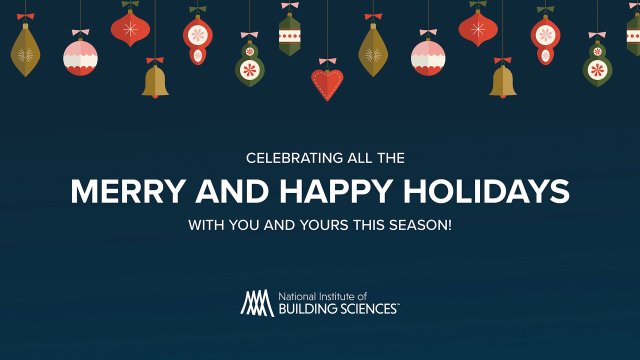
We want to take this moment to thank you for following and supporting the National Institute of Building Sciences. The greater built environment is critical to our work to ensure […]
CFIRE and Partners Kick Off Resilience Incentivization Roadmap 2.0

The Multi-Hazard Mitigation Council (MMC) Committee on Finance, Insurance and Real Estate (CFIRE) held its Resilience Incentivization Roadmap 2.0 kickoff meeting with project partners this month. Nearly two dozen industry […]
NIBS Joins with Fannie Mae to Develop Roadmap on Mitigation Investment
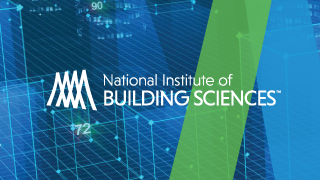
The Resilience Incentivization Roadmap will be complete by summer 2023 (WASHINGTON, DC, May 11, 2022) – Stemming from extensive mitigation research, the National Institute of Building Sciences is working with Fannie Mae […]
Mandeville: How One Louisiana City Became Flood Resilient
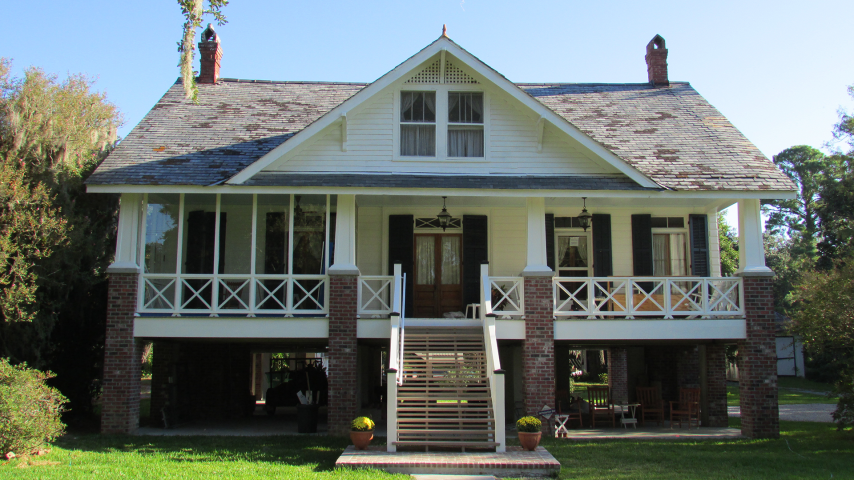
Mandeville, founded in 1834, sits on the north shore of Lake Pontchartrain across from New Orleans, just 26 miles to the south across the lake. The community flood protection consists […]
Webinar: Fundamentals of Earthquake Engineering
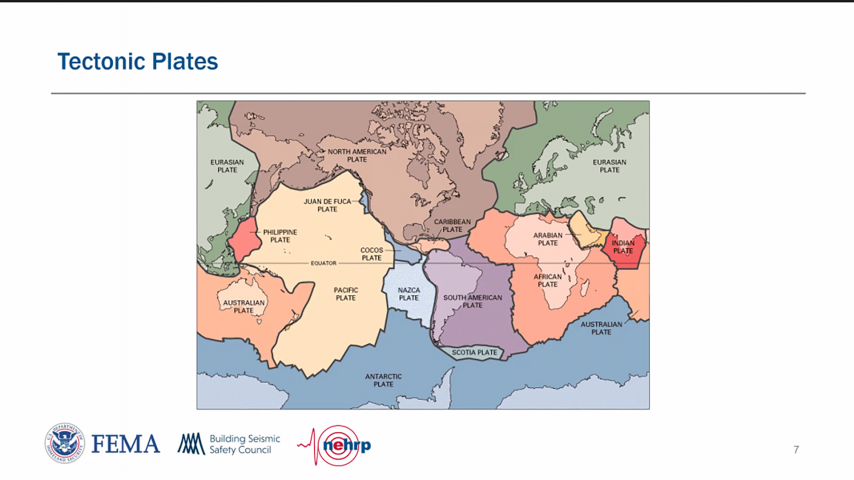
Designing a structure to resist earthquakes requires several considerations. The loading is more severe, the permissible response will usually include damage to the structure, as well as the systems and […]
Webinar: Fundamentals of Earthquake Engineering
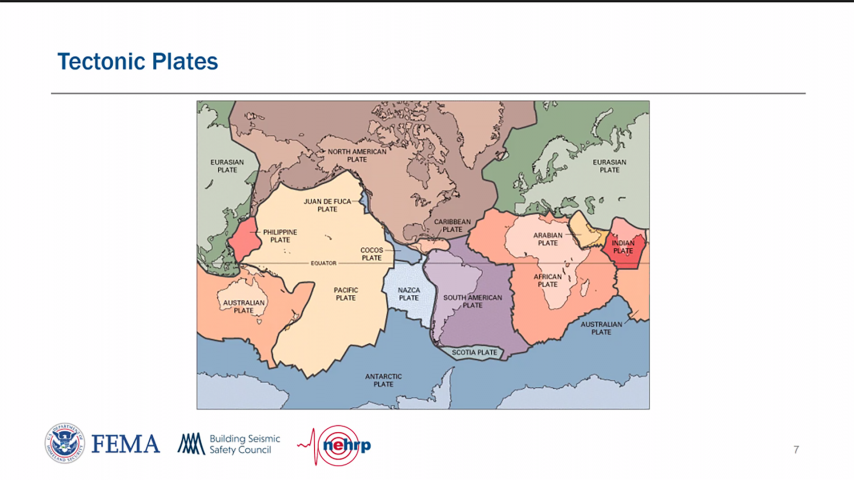
Designing a structure to resist earthquakes requires several considerations. The loading is more severe, the permissible response will usually include damage to the structure, as well as the systems and […]
Building Resilient Communities by Incentivizing Investments
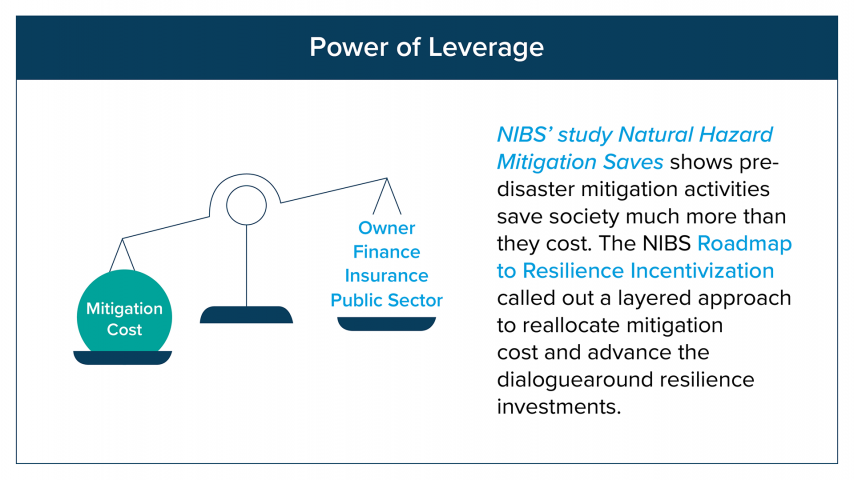
With wildfires in the West, hurricanes in the Southeast, tornados in the nation’s midsection, and flooding endemic to the entire nation, disasters have become all too common in the United […]
Resilience 2021: Building Resilience through BIM

The built environment is being challenged by many trends and disruptors: digital transformation, off-site manufacturing, sustainability concerns, an aging workforce leading to lack of skilled labor, as well as COVID-19, […]
Supporting the Built Environment Workforce on the Nation’s Existing Buildings

With more than 5.6 million commercial buildings and 118 million housing units in the United States, existing buildings are a key asset to the nation. But as the needs of […]
Resilience 2021: The Pandemic’s Impact on Technology in the Built Environment
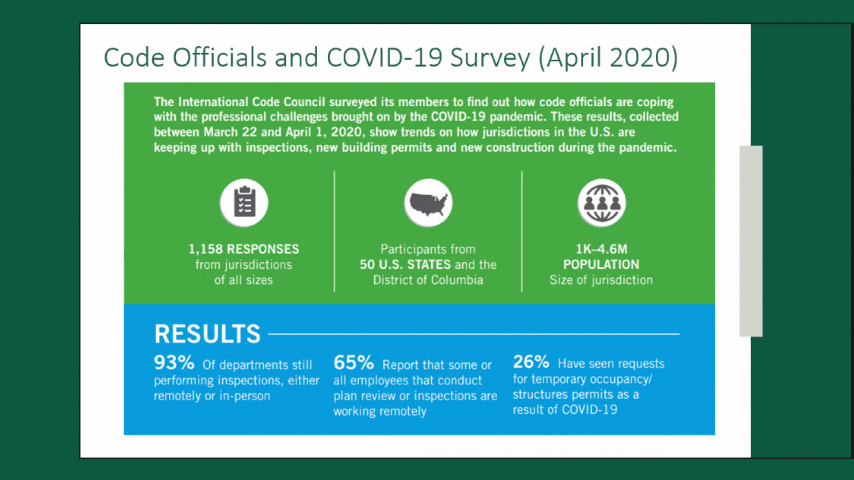
The COVID-19 crisis presented architecture, engineering and construction companies, and code departments with an enormous challenge: transitioning an industry long reliant on personal relationships and in-person connections to a remote, […]




